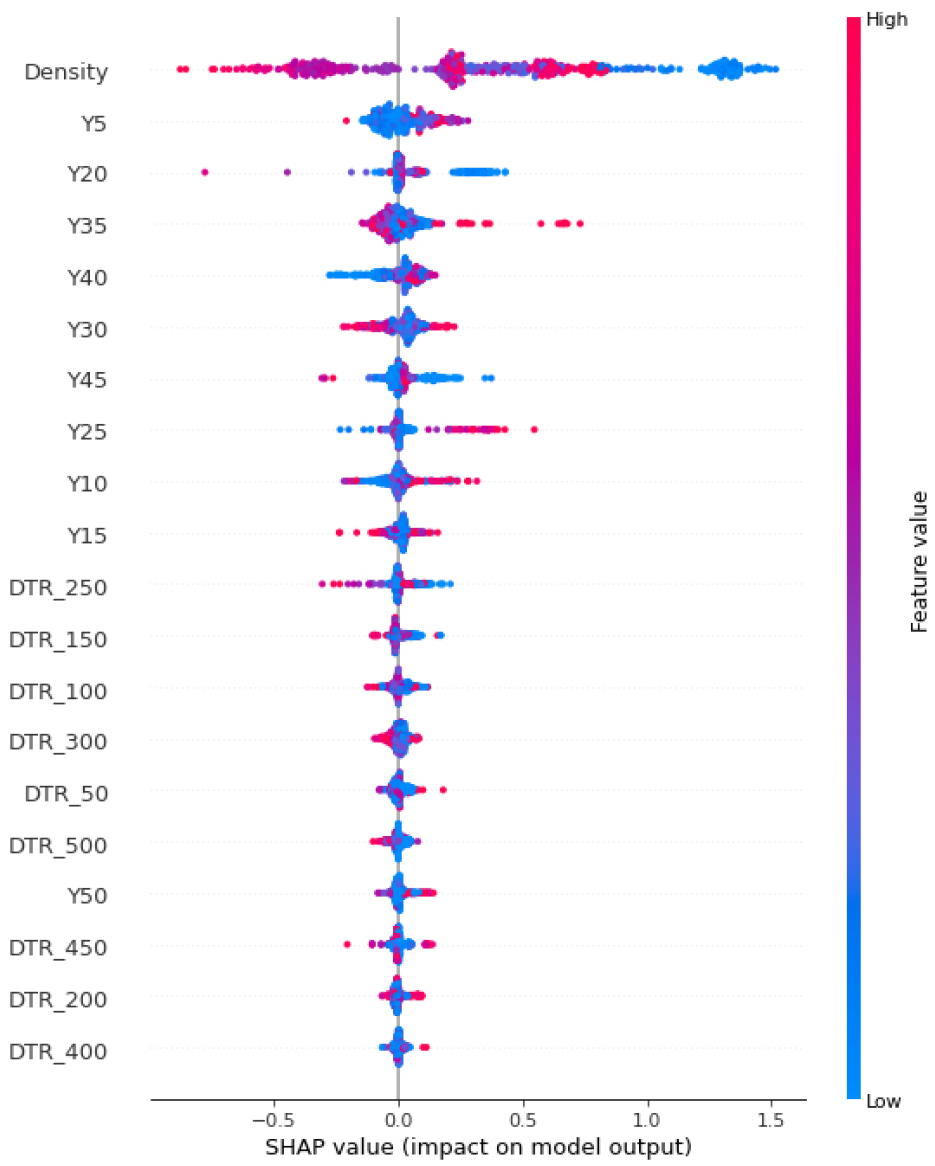-

-
Strength and Seismic Response Characteristics of Loose Sandy and Reinforced Soils
느슨한 모래지반과 보강된 지반의 강도 및 지반응답 특성 연구
-
Wook Jun, Daewon Lee, Jongwon Jung
전욱, 이대원, 정종원
- In many major urban areas of Korea, the surface ground is composed of loose reclaimed and alluvial deposits. In such regions, underground …
국내 주요 도심지의 지표 부근은 느슨한 매립층 및 퇴적층으로 구성되어 있는 지역이 많으며, 상하수도 관로, 가스관, 통신관, 전력구, 배수박스 등의 지중 구조물과 …
- In many major urban areas of Korea, the surface ground is composed of loose reclaimed and alluvial deposits. In such regions, underground structures such as water and sewage pipelines, gas pipes, communication ducts, power conduits, and drainage boxes, as well as small surface structures, are often constructed with shallow foundations. In these loose ground conditions, soil liquefaction may occur due to insufficient soil strength, construction-induced vibrations, groundwater leakage, or earthquakes. Such phenomena can cause ground subsidence, settlement, and collapse, leading to severe damage to roads and structures. Therefore, ground reinforcement is required to prevent these damages. In this study, unconfined compression tests, shear wave velocity tests, and ground response analyses were conducted on loose sand and reinforced sand to evaluate their strength and dynamic response characteristics. The eco-friendly reinforcing material (GeoCem) developed in this study exhibited higher strength and lower maximum surface acceleration compared to cement-treated sand, indicating superior reinforcement performance. Therefore, using GeoCem as a substitute for cement in ground reinforcement is expected to ensure the stability of the ground and structures in a more economical and environmentally sustainable manner, contributing significantly to carbon neutrality.
- COLLAPSE
국내 주요 도심지의 지표 부근은 느슨한 매립층 및 퇴적층으로 구성되어 있는 지역이 많으며, 상하수도 관로, 가스관, 통신관, 전력구, 배수박스 등의 지중 구조물과 소형 지상 구조물이 직접기초 형식으로 설치되는 경우가 있다. 이러한 느슨한 지반에서 지반의 강도 부족, 공사 중 장비 진동, 지하수 유출, 지진으로 인해 액상화(Liquefaction) 현상이 발생할 경우 땅꺼짐, 지반침하 및 붕괴로 도로 및 구조물에 피해가 발생할 수 있으며, 피해방지를 위한 지반보강이 요구된다. 본 연구에서는 느슨한 모래지반과 보강된 지반에 대하여 일축압축시험과 전단파속도시험, 지반응답해석을 실시하여 강도 특성 및 지반응답 특성을 평가하였다. 본 연구에서 개발된 친환경 보강재(GeoCem)는 시멘트보다 강도는 크고 최대지표면가속도는 작게 나타나 보강효과가 우수한 것으로 검토되었다. 따라서, 지반 보강재료로 시멘트 대신 사용한다면 지반 및 구조물의 안정성을 경제적으로 확보할 수 있고 탄소중립에도 기여가 클 것으로 판단된다.
-
Strength and Seismic Response Characteristics of Loose Sandy and Reinforced Soils
-

-
Explainable AI-Based Analysis of Sinkhole Risk Factors Using SHAP and Identification of Density-Based Management Zones
SHAP 기반 설명가능한 AI를 활용한 지반함몰 위험도 영향요인 분석 및 밀집도 기반 관리구간 제안
-
Sungyeol Lee, Jaemo Kang, Myeongsik Kong, Wonchul Jeong, Jinyoung Kim
이성열, 강재모, 공명식, 정원철, 김진영
- Ground subsidence is an emerging urban safety issue increasingly linked to aging underground infrastructure, excavation activities, and variability in environmental conditions. Despite …
도심지를 중심으로 상수, 하수, 전기, 통신, 난방, 가스 등 다양한 지하매설물이 집중적으로 매설되어 있으며, 매설관의 노후화와 반복적인 굴착 공사로 인하여 지반함몰 사고가 …
- Ground subsidence is an emerging urban safety issue increasingly linked to aging underground infrastructure, excavation activities, and variability in environmental conditions. Despite recent advances in machine-learning–based risk prediction, the influence of spatial density of underground facilities has not been clearly quantified. This study aims to evaluate whether underground facility density can serve as a key factor for decision-making in ground-subsidence risk management. Gradient boosting–based classification models were developed using multi-source data, including facility attributes, excavation history, and environmental variables. A density index was generated for each analysis segment, and its relationship with predicted risk levels was examined using partial dependence analysis and threshold-based sensitivity evaluation. The results show that higher density values exhibit a clear positive relationship with high-risk predictions, and the most rapid increase in predicted risk occurred within a specific density threshold range. This indicates that facility density acts not only as a descriptive attribute but also as an effective decision-support criterion for prioritizing inspection and monitoring zones. The findings suggest that incorporating the density index into risk prediction and management strategies can improve the allocation of limited maintenance resources and support proactive ground-subsidence prevention.
- COLLAPSE
도심지를 중심으로 상수, 하수, 전기, 통신, 난방, 가스 등 다양한 지하매설물이 집중적으로 매설되어 있으며, 매설관의 노후화와 반복적인 굴착 공사로 인하여 지반함몰 사고가 발생하고 있다. 지반함몰 사고는 도심지 중심에서 발생하기 때문에 사고 발생 시 인력 및 재산 피해를 야기하여 사회적 문제로 대두되고 있다. 따라서 사고 발생 가능성을 사전에 예측하고 관리할 수 있는 정량적 의사결정 체계가 필요하다. 본 연구는 기존 개발된 XGB(XGBoost) 기반 지반함몰 위험도 예측 모델에 설명가능한 인공지능인 SHAP을 적용하여, 지반함몰 위험도 예측 결과에 영향을 미치는 주요 인자를 분석하였다. 그 결과, 지하매설물의 밀집도와 활용년수가 위험도 분류에 가장 큰 영향을 미치는 인자로 확인되었으며, SHAP(SHapley Additive Explanations) 분석을 통해 밀집도가 증가할수록 지반함몰 위험도가 높아지는 방향으로 기여하는 경향을 확인하였다. 또한, 밀집도가 높은 구간에서 고위험 등급으로 분류될 확률이 증가하며, 밀집도가 0.05와 0.10을 기준으로 위험도 기여 방향의 변화가 발생하였다. 이를 통해 밀집도를 활용하여 지반함몰 우선관리구간을 정량적으로 구분할 수 있는 임계 기준값으로 해석 가능하다. 본 연구는 지반함몰 위험 예측 과정을 인자에 따른 메커니즘으로 가시화함으로써, 밀집도를 활용한 지반함몰 예방 및 유지관리 전략 수립에 활용 가능할 것으로 기대된다.
-
Explainable AI-Based Analysis of Sinkhole Risk Factors Using SHAP and Identification of Density-Based Management Zones
Journal Informaiton
 Journal of the Korean Geo-Environmental Society
Journal of the Korean Geo-Environmental Society
Journal Informaiton
Journal Informaiton - close
 Journal of the Korean Geo-Environmental Society
Journal of the Korean Geo-Environmental Society








